What is ICM?
ICM stands for the Independent Chip Model. It is a model that allows you to convert a tournament player's chips into their real money equity as a percentage of the total prize pool.
In a cash game, the value of a poker chip is constant. A $1 chip represents $1 at the tables at all times. In a tournament that is not the case, the value of your chips fluctuates throughout the game. As such, your decisions in a tournament are different from a cash game, even if the position, cards, and number of blinds are identical. If you play a tournament hand exactly like you would a cash game hand, you will lose a lot of money over time.
Common Mistakes
It is a common myth that ICM only factors on the bubble of tournaments and at final tables. Nothing could be further from the truth. ICM plays a role from the first hand. Very few players realize this and adjust accordingly, many play a ChipEV strategy until the bubble is looming, which is a mistake. Let's check out a few examples
25BB big blind defending range vs UTG
In these ranges, we are already adjusting our strategy and tightening up our defending ranges because ICM is a factor that we need to consider.
Near the bubble situation with big stack
Let's look at another example where we can lose up our ranges because of ICM.
In this situation, we are near the money bubble, seated at the hijack position with 38 big blinds, and we possess the largest stack on the table. The reason we can loosen up our opening ranges is obvious: we are the covering stack and can apply pressure on players behind us, as nobody wants to bust before reaching the money
Let's examine how wide we can open our raising range in this scenario compared to our original chipEV strategy.
In the left picture, we can observe our strategy at the beginning of the tournament where there is almost no consideration of ICM. We aim to open raise around 30% of our range. In the right picture, ICM plays a significant role, allowing us to loosen up our opening range to about 10%. This constitutes a significant strategic adaptation that we must calculate if we aim to excel in tournaments.
Final table as a chip leader - ICM terror
So far, we've learned that ICM plays a role from very early in tournaments, although its significance grows later on. Now let's examine some extreme situations where ICM has a profound impact, leaving us either handcuffed or with the opportunity to go absolutely bananas! Tournament poker is a savage game! Let’s check out some Final Table implications:
We've made it to the Final Table as the proud chip leaders! Sitting comfortably at the cutoff (CO) with a stack of 63 big blinds, it's time to unleash the madness with our hard-earned chips! As expected, we can go absolutely bananas in this spot, forcing opponents to fold even their prized hands due to our dominating stack. Plus, with a 10-big-blind stack teetering on the brink of elimination, the pressure's on!
Let's see how wide we can go!
As we can see, we can just shove all our chips in with a bunch of hands, especially the suited ones! Why? Well, it's because of what our opponents might call us with. Let's take a peek at what kinds of hands players in the blinds should be calling us with to make a profit.
Final table - we are handcuffed!
Lastly, let's examine a scenario where we're not as thrilled as in the last situation. However, if we aim to be profitable players, it's crucial to recognize when to fold even strong hands!
In our last situation, we've secured at least a bronze medal, ensuring a decent payday! Seated at the big blind with a healthy 25-big-blind stack, our chip leader, aware of the circumstances, decides to go all-in. It's crucial to recognize the dynamics, especially considering the third player at the table has only 5 big blinds left. Naturally, we're rooting for their elimination to secure a significant pay jump. While we know we need to play tightly here, the question remains: just how tight?
First, let's see how wide the button can go all-in profitably, as we can gain insights from their perspective as well! After that, we will check out our calling range too.
As we can see, it's a dream spot for the chip leader; they can apply tremendous pressure! I like to call it a 'terror spot!
Now, let's explore the harsh reality: our calling range in this particular spot from the big blind:
Its tight.
Final conclusion
In conclusion, knowing about ICM in tournament poker is super important. It's like having a secret weapon that helps you make smarter moves as the game goes on. Always keeping an eye on where the tournament is at and how big everyone's stacks are is key. Whether you're trying to stack up chips early on or playing it safe near the bubble, understanding ICM can save you from some costly blunders and give you a real edge. So, next time you're at the tables, don't forget to give ICM some love—it might just be your ticket to victory!

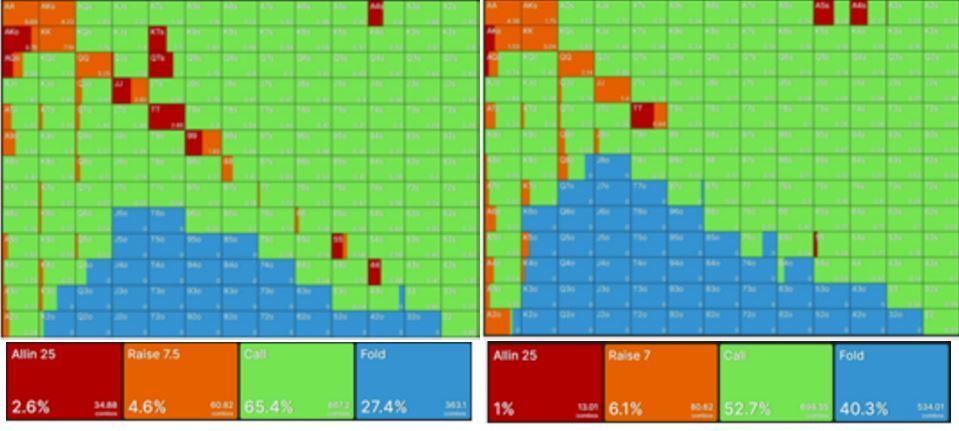
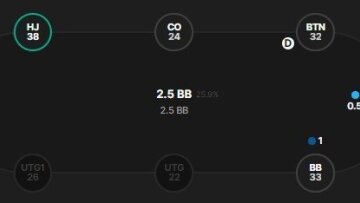
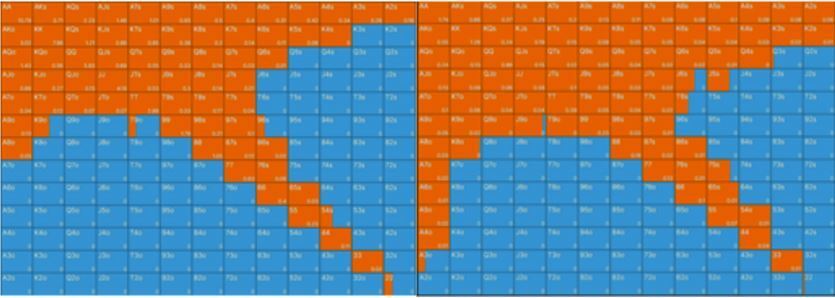

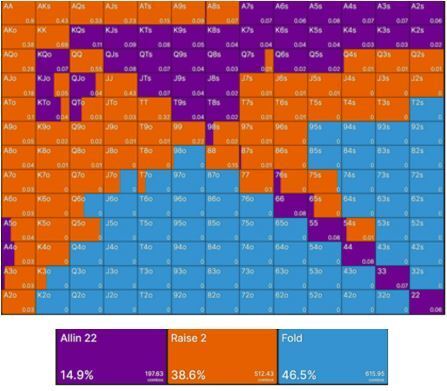
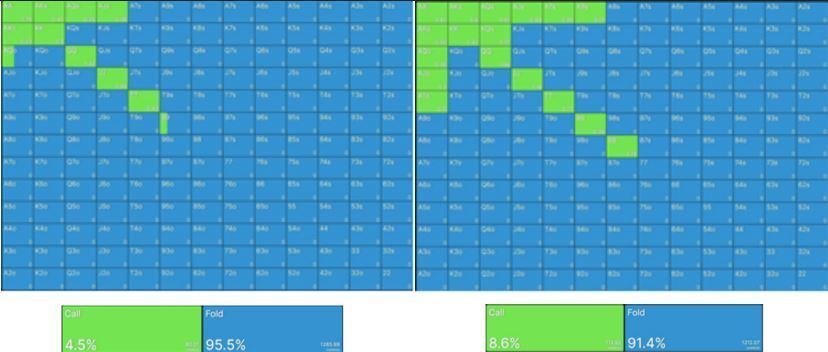
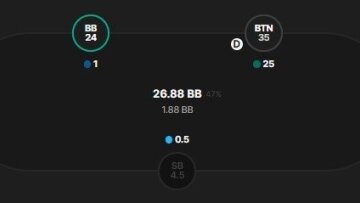
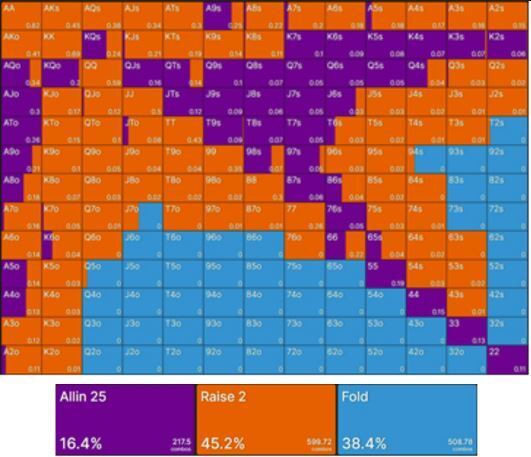

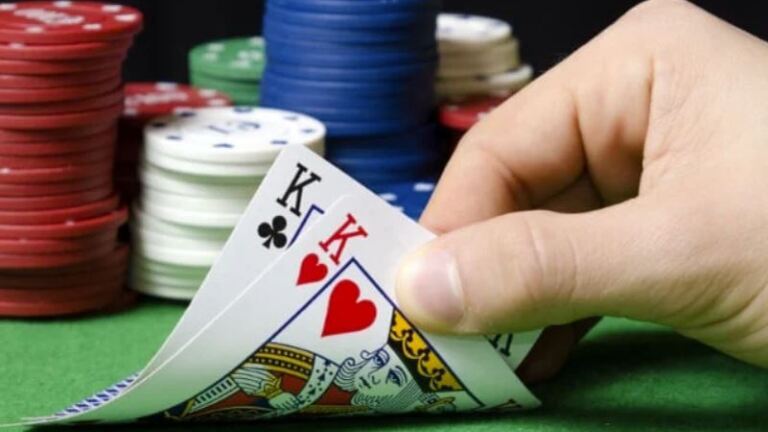

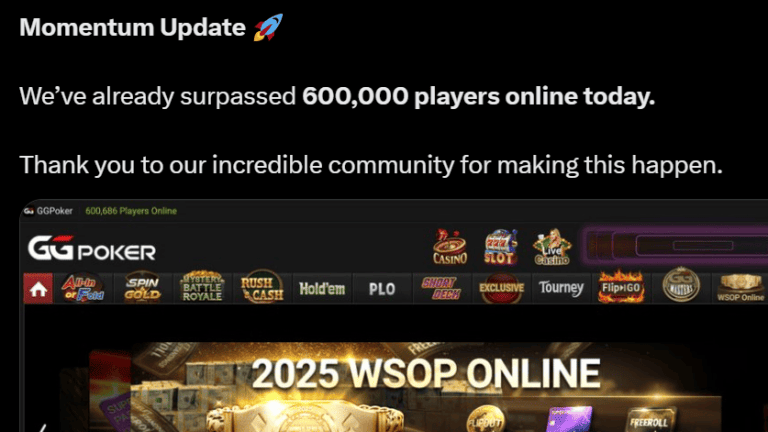
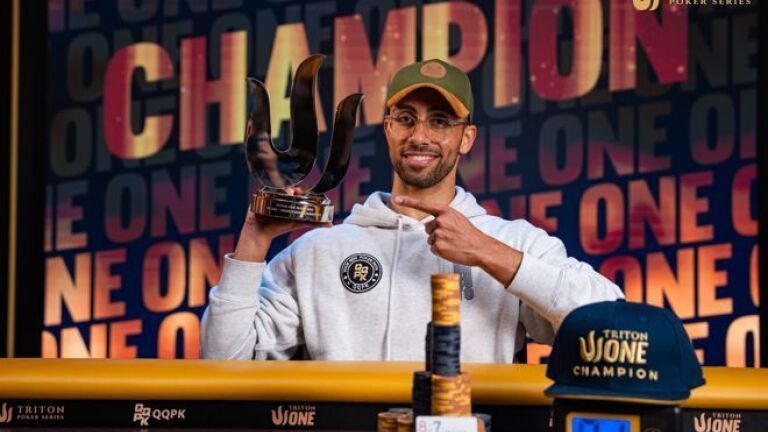










0 comments